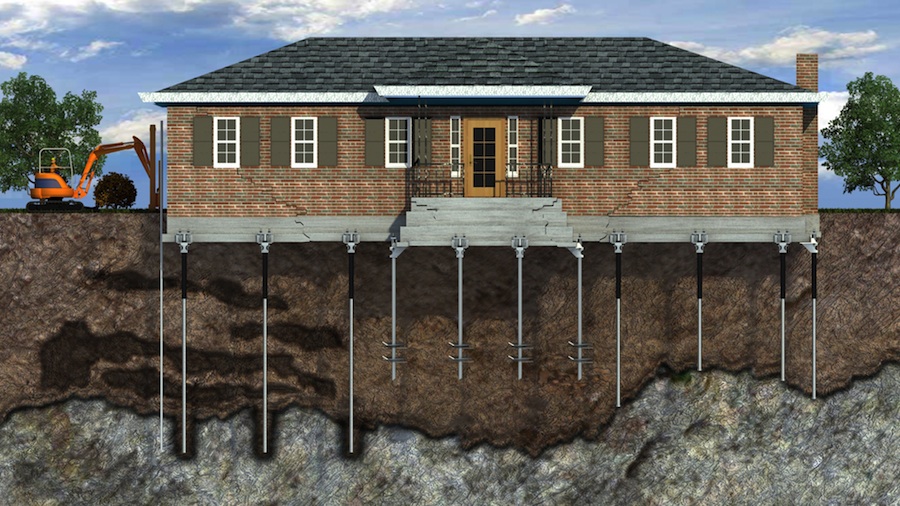As a homeowner, you probably know that the foundation of your home is one of the most important parts of your property. It supports the weight of your whole house, so it’s crucial to keep it stable and secure. However, over time, your foundation may weaken due to various reasons, such as soil erosion, settlement, or moisture problems. Fortunately, there is a solution to prevent further damage and restore your foundation’s structural stability – underpinning.
In this article, we’ll explore the power of underpinning and how it can help you strengthen your foundation. We’ll discuss what underpinning is, how it works, when you need it, and how to choose the right underpinning method for your foundation. By the end of this article, you’ll have a better understanding of underpinning and how it can benefit your home’s longevity and safety.
What is underpinning?
underpinning foundation is a construction technique that involves strengthening the foundation of a structure by extending it to a deeper layer of soil or rock. This is done by excavating below the existing foundation, installing support elements such as steel beams or concrete piers, and backfilling the excavated area with new concrete.
The purpose of underpinning is to transfer the weight of the structure to a more stable soil or rock layer, which can bear the load without settling or shifting. This helps to prevent further damage to the structure caused by foundation movement or settlement.
When do you need underpinning?
You may need underpinning if you notice any signs of foundation damage or instability, such as cracks in the walls or floors, uneven or sloping floors, doors and windows that stick or don’t close properly, or gaps between the walls and ceiling. These issues can indicate that your foundation is settling or shifting, which can compromise the structural integrity of your home.
Underpinning can also be necessary if you plan to add a new level or load-bearing walls to your home, as these changes can increase the weight and stress on your foundation. Underpinning can help to reinforce your foundation and prevent future problems.
How does underpinning work?
Underpinning works by redistributing the weight of the structure to a deeper and more stable rock or soil layer, which can support the structure without settling or shifting. The process involves several steps, including:
1. Excavation: The first step is to excavate below the existing foundation to create space for the support elements.
2. Installation: Steel beams, concrete piers, or other support elements are installed to extend the foundation to the deeper layer.
3. Backfilling: The excavated area is filled with new concrete, which strengthens the foundation and connects it to the support elements.
4. Curing: The new concrete needs time to cure and harden, which can take several weeks depending on the climate and conditions.
Choosing the right underpinning method
There are several underpinning methods to choose from, depending on your foundation type, soil conditions, and budget. The most common methods are:
1. Mass concrete underpinning: This method involves excavating trenches below the foundation and pouring concrete in stages to create a solid base.
2. Mini-piled underpinning: This method involves drilling small-diameter piles or columns into the soil and connecting them to the foundation with steel brackets or beams.
3. Screw piles: This method involves screwing steel piles into the soil until they reach a stable layer, and then attaching them to the foundation.
4. Resin injection: This method involves injecting expanding resin into the soil to create a solid, stable base.
In short:
Underpinning is a powerful technique that can help you strengthen your foundation and prevent further damage to your home. By excavating below the foundation, installing support elements, and backfilling with new concrete, underpinning can redistribute the weight of your structure to a more stable soil or rock layer. This can help to prevent settling, shifting, and other foundation problems that can compromise your home’s structural integrity.
If you suspect that your foundation is unstable or damaged, it’s important to contact a professional underpinning contractor who can assess your situation and recommend the best underpinning method for your needs. With the right underpinning solution, you can protect your investment, ensure your family’s safety, and enjoy a stable and strong foundation for years to come.



